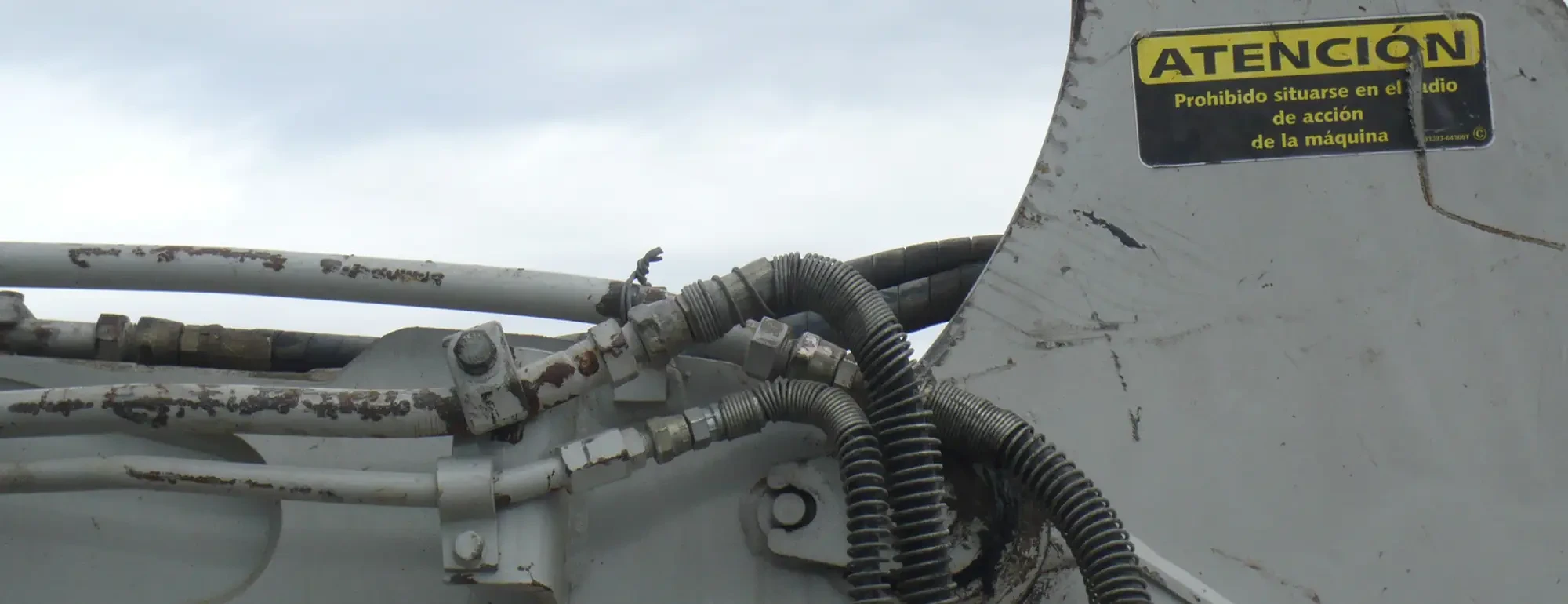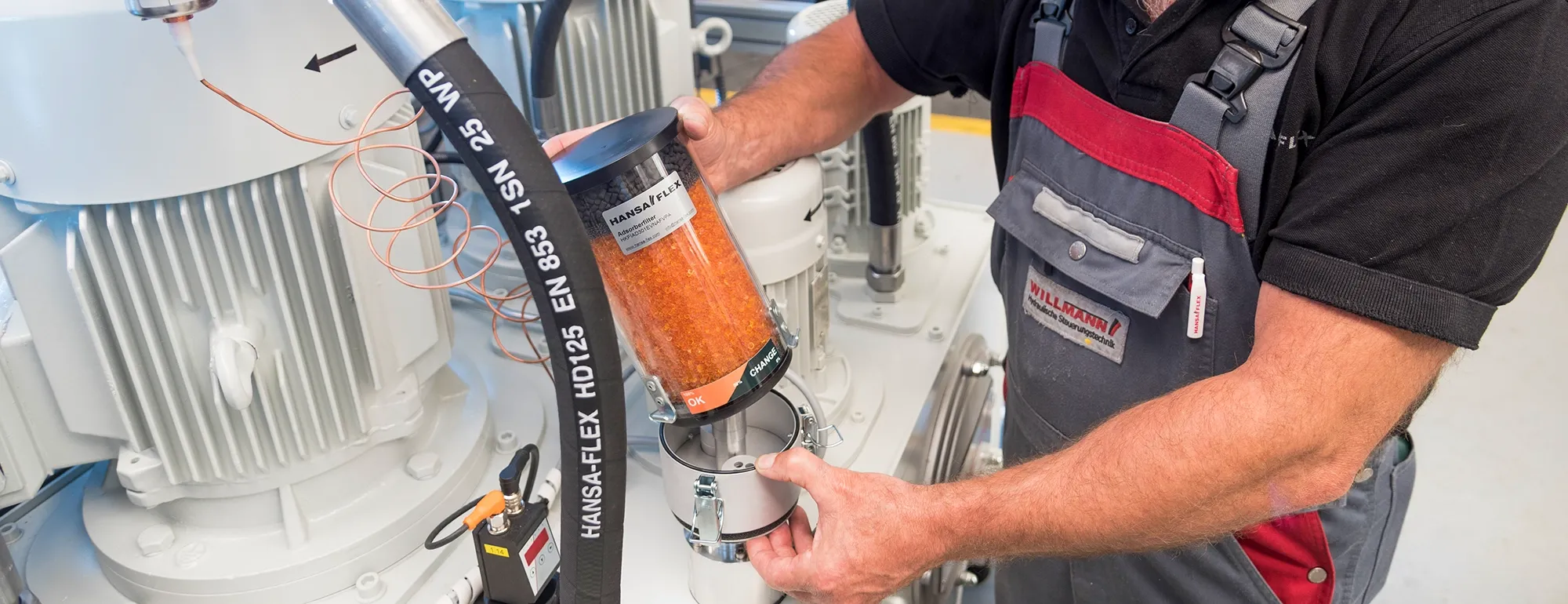Laws, directives and regulations play an extremely prominent and important role in our working lives. When it comes to occupational health and safety, the main aim is to protect employees from potential risks. However, it should be noted that risks can never be avoided completely, even with sophisticated health and safety systems.
We explain what employers MUST do, what they SHOULD do and how they CAN create and implement the required risk assessments and the safety and protective measures based on them in a targeted manner.
It should be stated at the outset that the laws and regulations mentioned here represent examples of the way regulations 89/391/EEC (Occupational Safety and Health Framework Directive) and 2009/104/EC (Work Equipment Directive) have been integrated into German law.
Let's start with the fundamental question we are asked again and again in our seminars: "What do I actually have to do, and where does it say that?"
The first thing to mention here is the Occupational Health and Safety Act which applies in Germany, in particular § 6: "The employer MUST have the (...) necessary documents showing the outcome of the risk assessment, the occupational health and safety measures which have been defined, and the results of their review (…)". This legal requirement is then specified in more detail in § 3 of Germany’s Ordinance on Industrial Safety:
"Before any work equipment is used, the employer must assess the risks that could arise and derive necessary and suitable protective measures from this assessment. The presence of CE markings on work equipment does not release the employer from the obligation to carry out a risk assessment. (...) The risk assessment SHOULD be started before any work equipment is selected and procured." In accordance with § 2 Para. 5 of the Ordinance on Industrial Safety, the risk assessment may only be carried out by a "competent expert". For the purposes of this ordinance, a competent expert is someone who has the required and necessary specialist knowledge based on their vocational training, technical experience or recent professional activity. This knowledge must be regularly kept up to date through further training measures.
So how CAN employers ensure that they fulfil this obligation with legal certainty? In the so-called "do's" and "don’ts", the operating instructions of the manufacturer of the machine or system already contain a lot of information and safety instructions which can be incorporated into the employer's own risk assessment.
In addition, assistance is provided by publications from Germany's Statutory Accident Insurance (DGUV), such as its Regulation 113-020 (Hydraulic hose lines and hydraulic fluids - rules for their safe use), technical information sheets such as FB HM-15 (Inspecting and replacing hydraulic hose lines) and harmonised standards such as DIN EN ISO 4413 (Fluid technology - general rules and safety requirements for hydraulic systems and their components).
Information on when and where specific safety components and protective measures are required can also be found in the relevant industry-specific standards, such as DIN EN ISO 20430 (Plastics and rubber machines - injection moulding machinery - safety requirements) and DIN EN ISO 3457 (Earth-moving machinery - protective equipment). The latter standard, for example, specifies a recommended minimum distance from hydraulic hose lines: “Hydraulic hose lines containing fluids with a pressure of more than 50 bar, or whose temperature exceeds 60 °C and which are located at a distance of 1 m from the operator, must be fitted with suitable hose protection. These protective hoses must have the necessary robustness.”
This information can of course also be used in industrial hydraulics, and helps to ensure that risk assessments comply with the regulations. Furthermore, employers are obliged to define and document the inspection and replacement intervals for their production process and the stresses on the components in accordance with the risk assessment.
The recommended inspection intervals for hydraulic hose lines in accordance with DGUV Regulation 113-020 relate to "normal" conditions of use. If the hydraulic system is used in multi-shift operations, for example, the dangers posed among other things by the hydraulic hose lines may well be greater. Employers should adjust their inspection and replacement intervals correspondingly.
A risk assessment must be actively maintained and constantly adapted to the latest technological developments.
-

Matthias Müller
Instructor in line technology and hydraulic oils (IHA)

 Mexico
Mexico




